Basic clinical retroperitoneal anatomy for pelvic surgeons
- PMID: 30693143
- PMCID: PMC6334244
- DOI: 10.4274/tjod.88614
Basic clinical retroperitoneal anatomy for pelvic surgeons
Abstract
Basic anatomical knowledge should be improved during residency period with clinical practice. Especially pelvic surgeons; obstetricians, gynecologists, gynecological oncologists, urologists and general surgeons must have an advanced level practise of retroperitoneal anatomy to gain surgical skills. Retroperitoneal topographic anatomy, retroperitoneal vasculature, ureteric dissection and pelvic avascular spaces are the precise points during pelvic surgery.
Keywords: Surgery; anatomy; gynecology; hypogastric; ureter.
Conflict of interest statement
Conflict of Interest: No conflict of interest was declared by the authors.
Figures

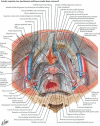


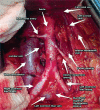
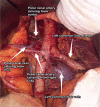

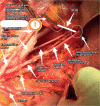
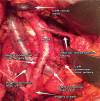

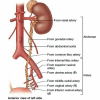




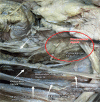

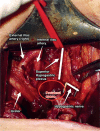

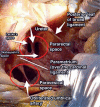

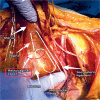
References
-
- Richard Drake, Wayne Vogl and Adam W M. Mitchell, Gray’s Anatomy for Students, 3rd Edition. Churchill Livingstone/Elsevier. 2015.
-
- Frank Netter. Atlas of Human Anatomy, 6th Edition. Saunders/ Elsevier. 2014.
-
- Murat Öz, Salim Erkaya, Bülent Özdal, Mehmet Mutlu Meydanlı, İlker Selçuk, Tayfun Güngör. Retroperitoneal vasküler varyasyonlar ve jinekolojik onkoloji cerrahisinde önemi. Türk Jinekolojik Onkoloji Dergisi. 2014:123–8.
-
- Tuğba Tekelioğlu, Hasan Aykut Tuncer, Eda Adeviye Şahin, İlker Selçuk. Pelvisin Vasküler Anatomisi. In: Ali Ayhan, Hüsnü Çelik, Polat Dursun, editor. Jinekolog Onkolog Bakış Açısıyla; Postpartum Kanama. Ankara/Turkey. Güneş Tıp Kitabevleri. 2017.
Publication types
LinkOut - more resources
Full Text Sources
